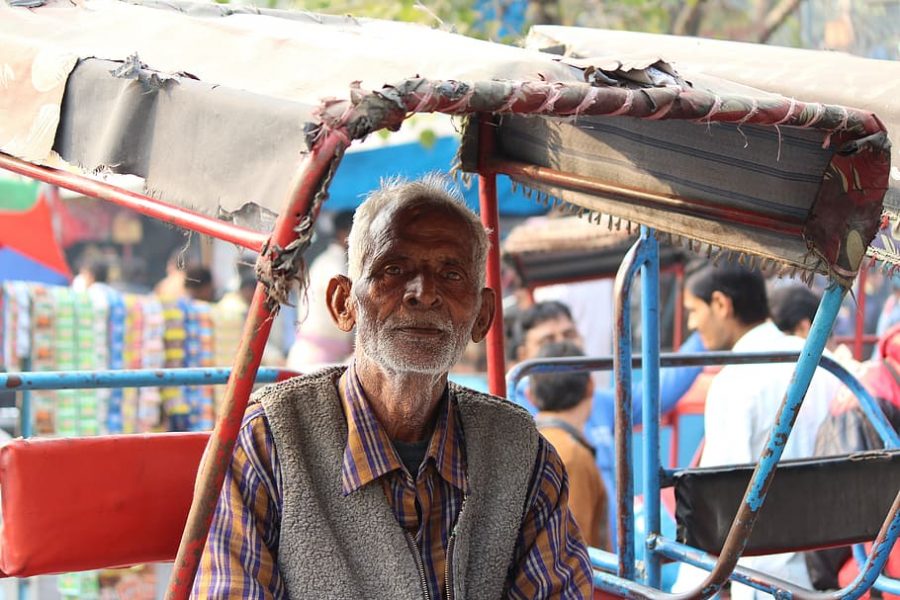COVID-19 devastates mistreated migrant workers in Singapore
Pxfuel
Singapore’s mistreated migrant workers have borne the worst of the nation’s resurgent COVID-19 crisis.
May 3, 2020
Due to Singapore’s inhuman treatment of its migrant workers, its COVID-19 crisis, which had previously been under control, has once again begun growing at an alarming rate, reaching 18,205 cases as of 10:32:29 a.m. today (Johns Hopkins University CSSE).
Often recognized as a world leader in business and technology, Singapore had initiated regulations that were considered an exemplary response to COVID-19. Early on, officials recognized its potential and took proactive and decisive measures to contain its spread.
For example, the government rapidly implemented many health and testing programs, testing all influenza- and pneumonia-like cases. As an additional measure, bureaucracies created ads encouraging those feeling symptoms to get tested right away, offering completely free treatment.
Financially, Singapore initiated a 59.9 billion Singaporean dollar, equivalent to 41.9 billion American dollars, stimulus package for the self-employed, paying a daily sum of about 100 Singaporean dollars, or 73 American dollars.
Singaporean Minister for Trade Chan Chun Sing said, “We must make sure that we have concerted effort [from] everybody, especially for the bigger economic blocs, to provide the leadership for us to come together to stabilize the financial system and prevent a knock on impact, because it can become a cascading impact and a vicious cycle from a health crisis, to an economic crisis, and a financial crisis.”
As of April 11, Singapore had confirmed 2,299 cases, which, at first glance, seemed significant for such a small country. But considering their already-dire situation on Feb. 15, the measures they implemented had saved countless lives. On Feb. 15, Singapore totaled 72 cases, second only to China. At that time, the U.S. only had 15 total cases.
Despite the Singapore government’s best initial efforts, however, it has ultimately borne the consequences for its own inhumane treatment of, and failure to properly protect, its migrant workers. These low-wage workers come from Bangladesh, India, China and other countries in Asia, and they make up the backbone of Singapore’s working class.
With over 1 million of them, Singapore has always received controversy for its inhumane treatment of its foreign workers. Oftentimes, the island state has been compared to the Gulf countries in the way that it abuses and exploits the migrant workers, denying them proper rights.
For example, from the beginning of the crisis, Singapore decreed that it would provide free masks to all citizens — except its migrant workers.
“The dormitories were like a time bomb waiting to explode,” Singaporean lawyer Tommy Koh said. “The way Singapore treats its foreign workers is not First World but Third World.”
One case study that illustrates the connection between Singapore’s maltreatment of its foreign workers and its late-growing COVID-19 outbreak can be found in a residential building known as the S11 dormitory, which houses 10,000 workers with 10 to 20 in each of its rooms. Over 2,000 cases have been reported in S11 alone, with 75% of them of a foreign nationality as of April 19.
The living standards that the migrants are accustomed to are shocking, representative of Singapore’s abuse of the backbone of their workforce. S11 residents are allotted 48 square feet of personal space, about the same as the average prison cell in the U.S.
In an interview with Time Magazine, Nizam, a Bangladeshi worker in Singapore, said, “One hundred and seventy people share [a] common washroom, kitchen and the room where we eat … Everything is shared. That’s why the virus is spreading like that.”
Nevertheless, there remains hope for these workers. As the Singaporean government evacuates these workers, it has faced mounting pressure to raise their living standards and ensure that they receive their proper rights. As countries as India bring their blue-collared citizens back from Singapore, organizations such as Transient Workers Count Too (TWC2) are calling for the government to acknowledge its wrongdoing.
Speaking with the Hindustan Times, a top Indian government official said, “The prime minister was very clear … that the Indian expatriate workforce should get the first choice to return.”
Ultimately, Singapore’s own poor treatment toward its migrant working population has caused its general population to suffer greatly. Moving forward, the Singapore government has been forced to reconsider its treatment of its foreign laborers, who make up the backbone of its economy and play an integral part in its resurgent COVID-19 crisis.


